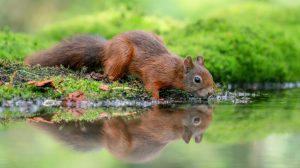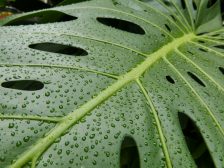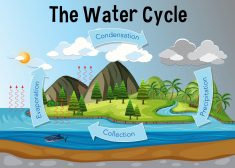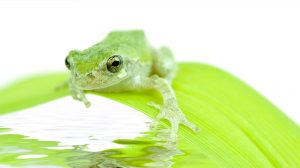Definition
noun, plural: apoplasts
(botany) The space in between the cells, such as that in the root of a plant, creating a pathway through which water and other substances may pass through
(protozoology) A plastid without pigments thereby resulting in a colourless protozoon in a group that is generally coloured
Supplement
In botany, apoplast refers to the space formed in between the cells thereby creating a pathway through which materials may diffuse freely. The apoplast is comprised of non-living components, particularly cell walls and intercellular material. It does not include the protoplast. In root, the flow of materials through the apoplast is interrupted by the Casparian strip. The Casparian strip is a band of cell wall material (chiefly, suberin) on the radial and transverse walls of the endodermal cells of root. Suberin is a lipophilic biopolymer that acts as a protective barrier against excessive water loss. Because of the suberin in the Casparian strip, the passive flow of materials, e.g. water and solutes, into the stele is prevented. Water and nutrients absorbed by the roots are blocked from entering the stele via the apoplastic pathway. As a result, solutes flow via the symplastic pathway. This is important so that there would be selective passage of solutes, especially when they might bring harm to the plant.
In protozoology, an apoplast is the plastid lacking pigments as opposed to chromatophores with pigments. Thus, the lack of pigments in an apoplast leads to a colourless protozoon in a group that is generally coloured.
Compare:
- symplast (botany)
See also:
Related term(s):
- apoplasty
Related form(s):





